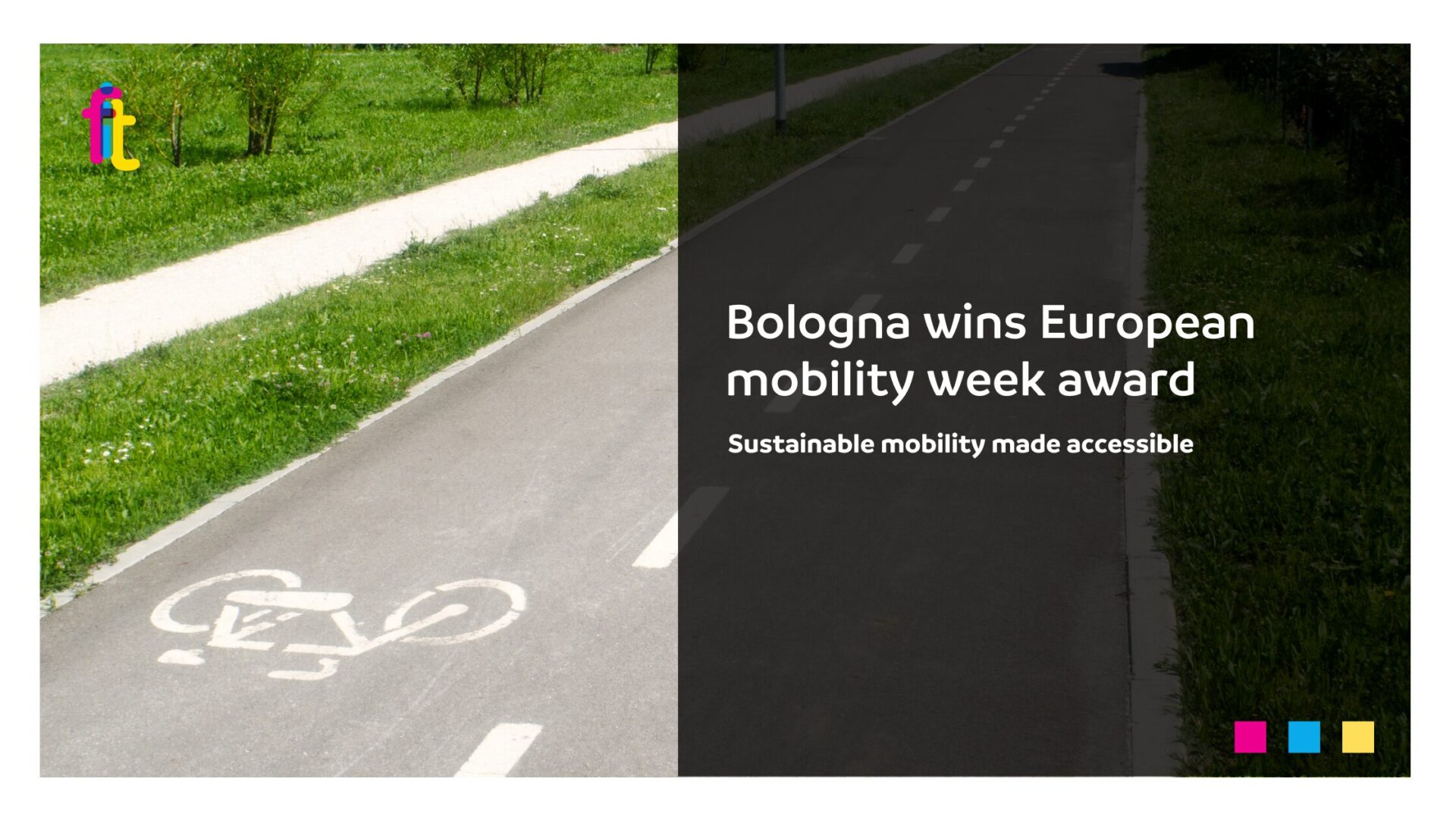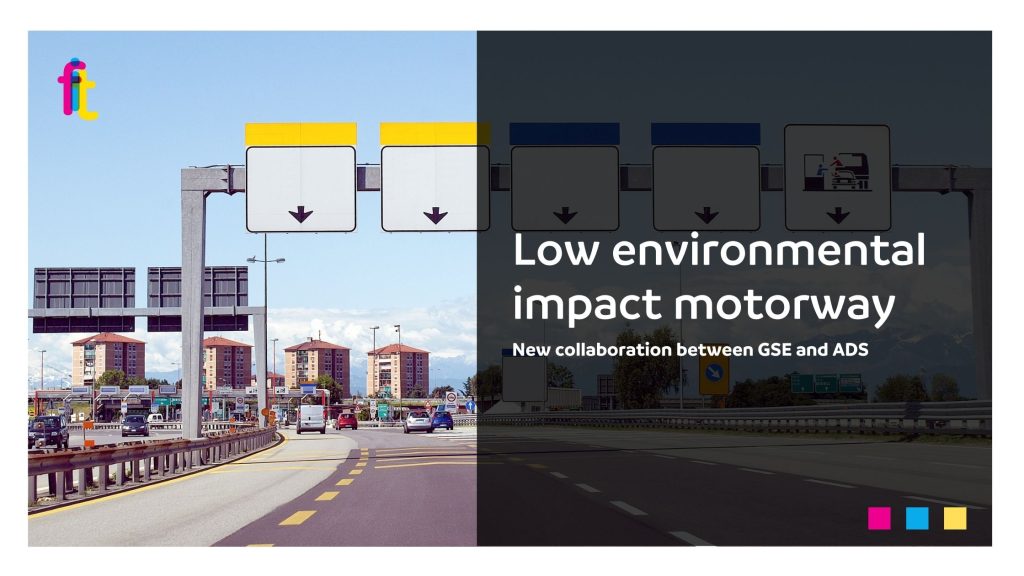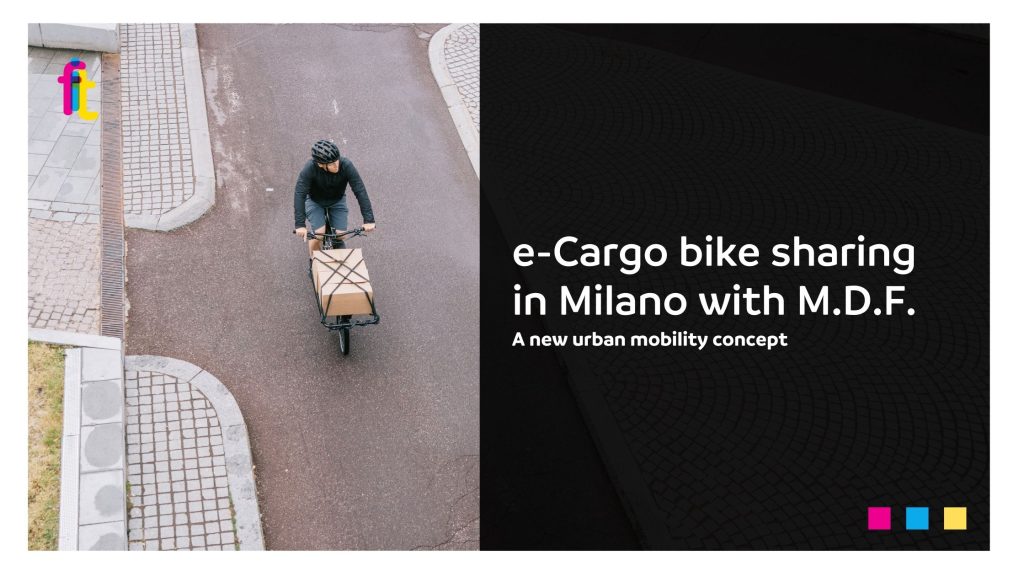New cars in Europe are getting 1 cm wider on average every two years. This is what emerges from research conducted by Transport & Environment (T&E)according to which the trend will not stop, not least because of the increase in sales of SUVs – an acronym for Sport Utility Vehicles – unless legislators intervene. The consequence of having bigger and bigger cars is that about half of the new cars sold are already too wide for the minimum parking space on the road in many countries.
The topic is hot. The first to speak out on this issue were the citizens of Paris who voted last 4 February in favour of special parking fees for SUVs; a proposal that achieved 54.6 per cent of the votes in favour, despite the low turnout: only about 5.7 per cent of registered voters in Paris went to express their opinion.
Returning to the research conducted by T&E, the average width of new passenger cars increased to 180.3 cm in the first half of 2023, compared to 177.8 cm in 2018, and car sizes may continue to grow: new cars in the EU are subject to the same maximum width, 255 cm, as buses and trucks. According to T&E, therefore, unless the EU width limit for cars is revised and cities impose higher parking fees,SUVs and large pick-ups will continue to expand to the limit for trucks.
According to James Nix, head of vehicle policy at T&E, ‘the result is that large SUVs and American-style pick-ups park on our pavements endangering pedestrians, cyclists and all other road users’. According to research data, among the 100 best-selling car models in 2023, 52 per cent are too wide for the minimum on-street parking space (180 cm) in major cities, including London, Paris and Rome. Even off-street parking spaces – the average width of which is 240 cm – are now too narrow for new cars. At around 200 cm wide, large luxury SUVs leave too little space for car occupants to get in and out of the vehicles.
The trend towards wider vehicles is therefore reducing the road space available for other vehicles and cyclists, while parked cars further encroach on pavements. Wider models have also made it possible to increase the height of vehicles even further, despite the fact that accident data show that a 10 cm increase in the height of vehicle fronts leads to a 30 per cent higher risk of death in collisions with pedestrians and cyclists. The safety of road users is also at risk.
To address this situation, several European cities are considering introducing more restrictive parking rules for SUVs. The city of Paris, for example, called on its citizens on 4 February to vote on whether to triple parking fees for SUVs. This is an important precedent for many other European cities considering similar changes. According to T&E, in fact, the solution to the problem would be in the hands of the EU legislators who should impose a revision of the maximum width of new cars. In addition, city authorities should set parking fees and tolls based on vehicle size and weight, so that large SUVs and luxury pick-ups pay more for using more space. “If we don’t act now,” said Barbara Stoll, Clean Cities Director, “more and more valuable public space will be taken away from people by bigger and bigger cars: this is not the cleaner, brighter, greener future that citizens want.
Source: Transport&Environment









